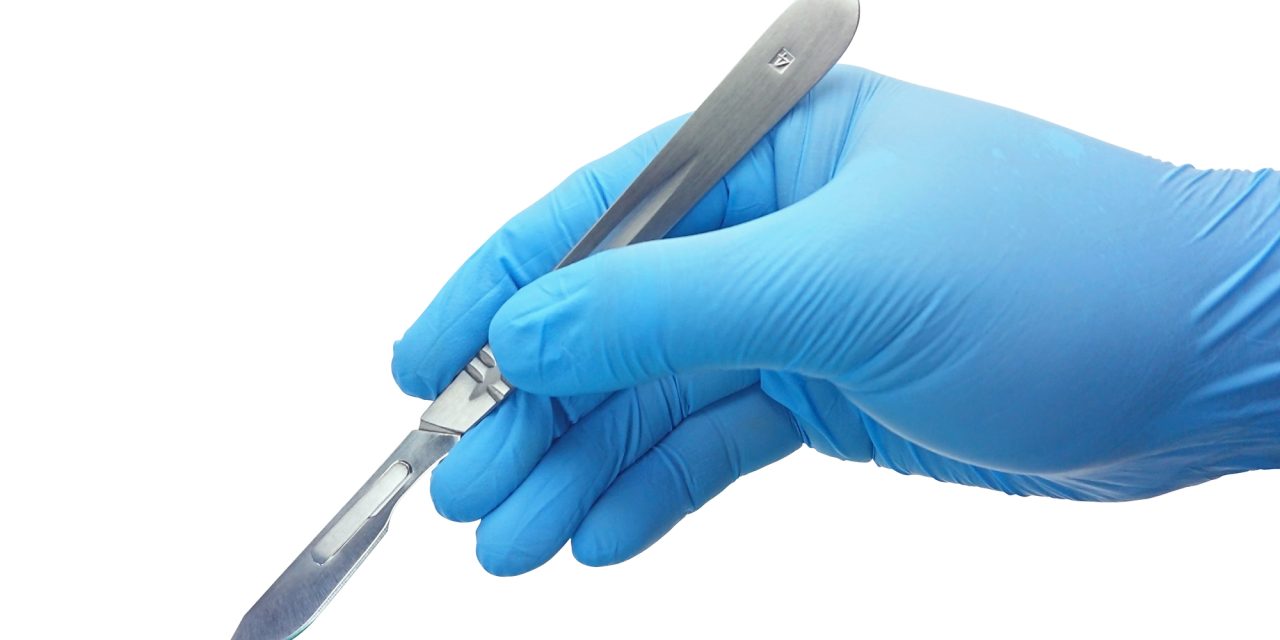A recent study suggests that beginning physical activity as soon as 24 to 48 hours after a concussion can help to lessen the severity of persistent postconcussive symptoms. This method, however, has not been extensively implemented. This study aimed at arriving at a link between early physical exercise and patient-reported and functional outcomes for juvenile concussion patients. A retrospective cohort of patients (48% female, mean age 14.3 ± 2.6, and mean 9.8 ± 5.7 days postconcussion) presented to a pediatric sports medicine clinic were studied. Patients were divided into groups based on whether or not they had engaged in physical exercise before coming to the clinic.
There were 211 pediatric patients in all, with 35 (17%) reporting early physical exercise. The group that did not engage in any physical exercise had a higher rate of headaches (85% vs 60%, p = 0.001). At the initial visit, the no physical activity group had higher patient-reported (23.1 ± 13.4 vs 15.0 ± 13.4, p = 0.001) and parent-reported (19.4 ± 12.7 vs 11.2 ± 10.3, p = 0.001) symptom frequency. Patients in the early physical activity group had a lower rate of persisting symptoms (44% vs. 22%, p = 0.02) and shorter duration to symptom clearance (15.6 ± 12.4 days vs 27.2 ± 24.2 days, p = 0.02). Early physical exercise was linked to a 5.8% decreased risk of persistent symptoms after controlling for relevant covariates (adjusted OR 5.83, 95%t CI 2.05–16.61; p = 0.001). There was a strong link between early physical activity and lower symptom burden. Patients who engaged in the early physical exercise had decreased persisting symptoms 28 days after the injury. However, low rates of early physical activity were reported before the initial clinic appointment, indicating that this technique may not be generally known by acute care or primary care clinicians or that patients and families do not frequently adopt it.
Reference:thejns.org/pediatrics/view/journals/j-neurosurg-pediatr/28/6/article-p623.xml


